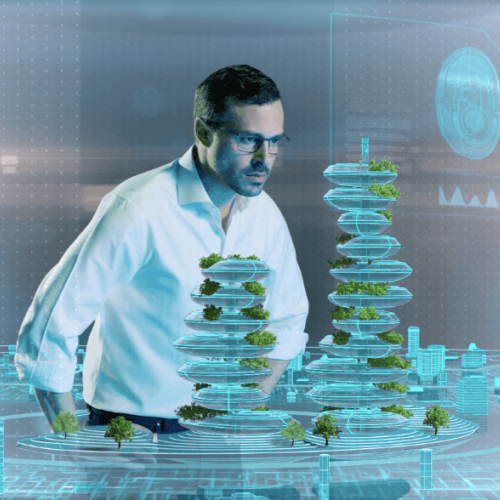IBM’s artificial intelligence (or as they prefer, ‘cognitive business’) system is called Watson, after Thomas J Watson who founded what became International Business Machines over a hundred years ago. That’s an indication of how important IBM thinks AI is to the company’s future – and to the rest of us.
Macmillan Cancer Support is one of the UK’s leading charities and has been providing information, support and care to cancer patients since 1911. Having watched the difference Macmillan nurses made when my mother was ill, I understand the importance of what they do.
The interesting point about the conversation was the clear agreement of what machines are capable of, and what people can do better. Watson can diagnose cancer much faster and more accurately than a human doctor. But when that diagnosis is delivered to the patient, no-one would want a machine doing it. Both sides agree that empathy is something only humans can do for each other.
There are very good reasons why empathy is a human trait that it would take massive computing power to even remotely simulate. One is the way our brains are wired – if I watch you hammering a nail and you accidentally hit your thumb, the circuits my brain that light up are exactly the same as in yours. I actually experience the pain you feel, producing instant and genuine empathy; something no machine can do.
Another is that we mostly express empathy non-verbally. Humans are incredibly good at reading the tiny, almost imperceptible microexpressions in other humans’ faces and body movements. We use those to express our emotions to each other all the time, and we can detect instantly if those emotions are fake. Asking a machine to show empathy may just about be possible through a non-visual interface (text messaging is often used in the famous Turing test for non-human intelligence, for instance) but face to face, as it were, is still so far beyond impractical as to be not worth trying even with our most powerful computers.
This does suggest limits to what machines are capable of, at least for the forseeable future, in other fields beyond medicine. Many retailers, banks and other customer service organisations are starting to use AI-driven chatbots and similar (non-visual) interfaces to automate lower-level conversations. That can work astonishingly well. There are everyday innovations like Amazon’s Alexa that are taking those human/machine relationships even further. But it’s a long way from a human conversation.
Maybe a new balance will emerge where machines do what they do best, and enable humans to do what they do well even better. That may change the working landscape significantly – Carl Frey of Oxford University has shown that even well-paid white-collar jobs in medicine, insurance, law, banking and other well-paid professions are at significant risk from the rise of the machines.
But the IBM/Macmillan discussion suggests we should embrace this change, not fear it. There will be a lot more opportunity for humans doing jobs that matter most to other humans; nursing and other carers, but also where face to face conversations are indispensable such as in giving advice on finance, health and customer choices. Society will need to make some painful adjustments; but the potential of machines to enhance the way we humans relate to each other is, at very least, encouraging.


